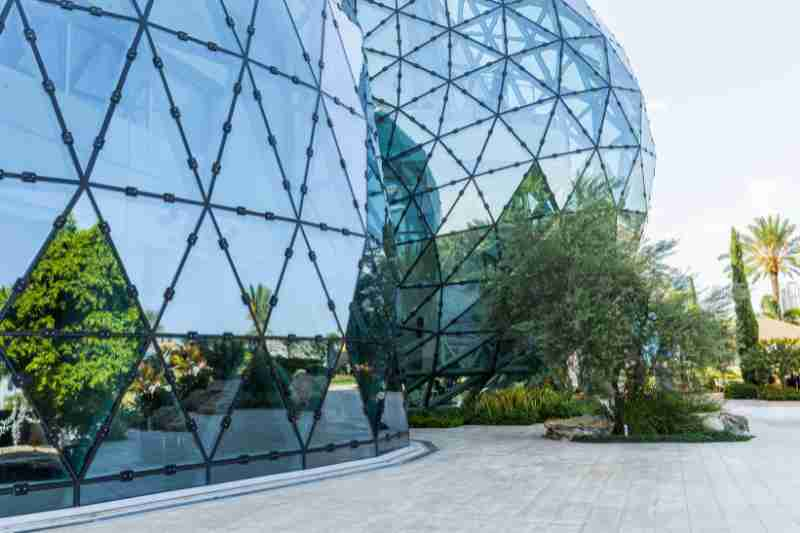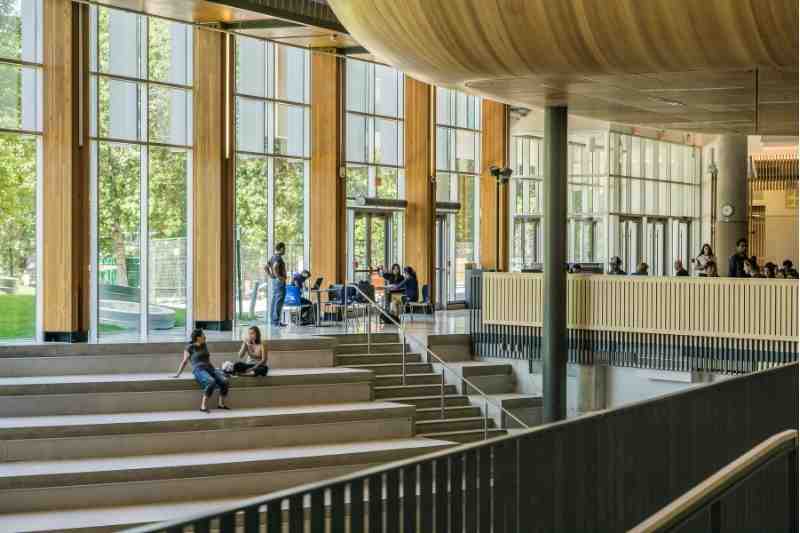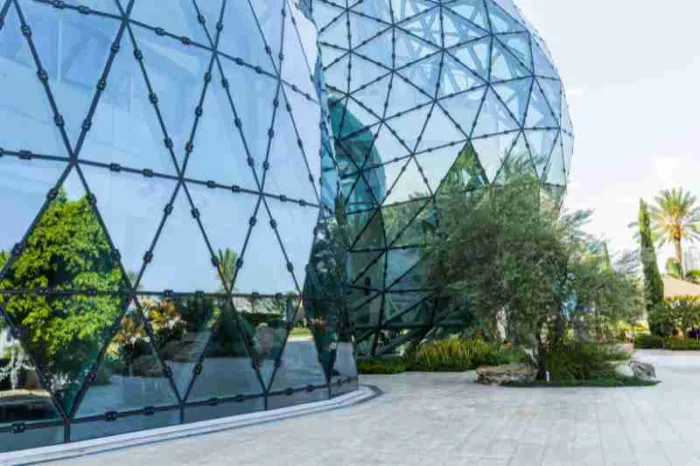Key takeaways
- Building decarbonization involves constructing and managing buildings more efficiently so that they produce fewer carbon emissions.
- The benefits of decarbonizing buildings include appealing to renters, tax credit and rebate eligibility, and savings on utilities.
- To decarbonize your property, you might use greener construction methods, switch to renewable energy, or optimize your existing utility systems.

Across every industry, companies and thought leaders are doing what they can to curb their carbon emissions and fight climate change. And real estate is no different. Whether you’re a property owner, manager, or developer, here’s how and why you should prioritize building decarbonization.
In this post, we explain what building decarbonization is and go over its benefits. Then, we lay out some ways you can decarbonize your own properties.
This post covers:
- What is building decarbonization?
- Benefits of decarbonizing buildings
- How do you decarbonize a building?
What is building decarbonization?
Building decarbonization is something property managers and owners can do to reduce the carbon footprint of their buildings. In addition to environmental benefits, building decarbonization has significant economic upsides for property owners and managers.
Unfortunately, the built environment is one of the biggest contributors to carbon emissions worldwide. Almost 40 percent of total emissions are caused by building construction and management.
But that’s not the end of the story. With the help of cutting-edge innovations, you can help stem the tide of global warming. And it might surprise you to learn that decarbonization comes with some benefits for you, too.
What are the three main decarbonization strategies?
The three strategies of decarbonization are:
- Renewable energy. You can embrace alternative sources of power that don’t emit carbon, like wind or solar power.
- Industrial electrification. While other strategies depend on building-level things you can do to be more efficient, keep in mind that you’re also connected to a local power grid. Industrial electrification refers to encouraging power and utility providers to switch to carbon-free options on a neighborhood-wide level.
- Energy efficiency. Choosing energy efficiency is the most cost-efficient option. It involves upgrading your existing systems so that they use less electricity and emit less carbon.
Learn about sustainable building trends with ButterflyMX:
Benefits of decarbonizing buildings
By decarbonizing your property, you’ll help the environment and positively impact your own bottom line.
The benefits of decarbonizing buildings include:
Saving money on utilities
Some property managers might be surprised to learn that building decarbonization technologies can actually save you money. It’s worth researching how decarbonization can help you save on your electric bill.
For instance, you can install solar panels or other sources of renewable energy to lessen your dependence on the grid. Further, you can use smart grid technology to identify peak hours of electricity usage and allow your building to use the grid’s resources more efficiently.
Appealing to prospects
Decarbonizing commercial buildings will attract tenants who prioritize the environment — companies like Google, Nike, and L’Oreal, aiming to drastically reduce their carbon emissions.
Whether you’re looking to attract residents or commercial tenants, your focus on eco-friendly practices will ensure that your property is always in demand.
On the other hand, newer generations like millennials and Gen Z list climate change and environmentalism as one of their top priorities. And they make up larger shares of the renter’s market every year. You can ensure that your property stands out to them by decarbonizing.
Tax rebates and incentives
There are many rebates, incentives, and grants available to property owners interested in going green. If you need to install or upgrade equipment to decarbonize your building, you can count on governmental support.
For example, the Inflation Reduction Act passed in 2022 introduces a green tax credit system and makes renewable energy systems tax-deductible. The Energy Policy Act of 2005 also introduced tax deductions for green office buildings.

How do you decarbonize a building?
No matter what stage of building construction or management you’re in, there are things you can do to make decarbonization a priority.
You can effectively decarbonize a building by:
Using green construction methods
Decarbonization in construction is one of the best ways to start reducing your carbon footprint. The creation of common building materials, like concrete and steel, accounts for millions of tons of carbon pumped into the atmosphere per year, but luckily, modern technology is allowing construction and design firms to go greener.
Advances in lamination and layering mean that many of today’s construction firms are looking at wood-frame construction as a viable alternative to steel.
Constructing with wood offers another unexpected environmental benefit. Wood is much lighter than steel and concrete, so transporting it to a build site takes less energy, and your transport vehicles emit less carbon.
Switching to renewable energy
Some buildings are taking advantage of unique power sources based on their location. For example, some coastal properties are experimenting with wave farms that use the power of ocean waves to generate energy. Others are setting a great building decarbonization example by using geothermal power to slash utility bills.
Furthermore, there are a few ways to switch to renewable energy, as many utility companies already offer the option. All you have to do is pick up the phone and make the switch.
You can also install solar panels on your roof. In addition to defraying your utility costs, you can sell excess power back to your local grid.
Optimizing existing utility systems
Whether you’re managing an existing property or you want to construct a new one, you have plenty of options that allow you to save money by going green in areas like lighting, plumbing, and air conditioning.
One of the biggest tools helping property managers decarbonize is the Internet of Things, which uses small sensors to allow devices from fridges to smart watches to collect information and work together.
For example, you can install smart glass that integrates with your building’s lighting system. Then, the smart glass can detect high levels of sunlight and turn your property’s lights down during those times. After all, you don’t need to spend money lighting a space already receiving ample sunlight.






